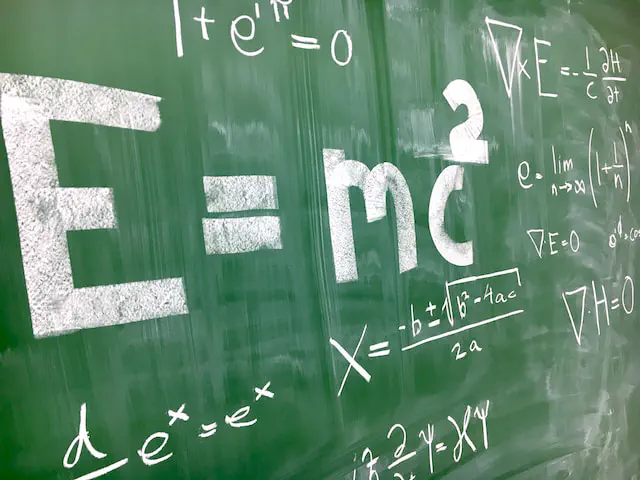Essential Mathematical Optimization Heuristics for Data Scientists
 Image credit: Unsplash
Image credit: UnsplashOptimization problems are everywhere in our daily lives, and they can be solved using different techniques. In this blog post, we will explore some of the most popular optimization heuristics that every data scientist should know.
To describe an optimization problem mathematically, we need three components: decision variables, constraints, and an objective. The decision variables are the values that we want to find the best solution for. The constraints are the rules that need to be followed, while the objective is the measure of how good the solution is.
Brute Force
One of the most popular techniques to solve optimization problems is brute force, which involves trying all possible solutions and keeping track of the best one. However, this technique can be very time-consuming and inefficient, especially for larger problems.
Dynamic Programming
Another technique that is widely used is dynamic programming, which breaks the problem down into smaller subproblems. This technique is effective for larger problems, but it still may not be efficient enough.
Greedy Algorithms
To reduce the search space, we can use different heuristics. Greedy algorithms are one such technique. They work by choosing the best option at each step until the solution is found. For example, in a delivery office problem where the goal is to deliver the highest total value per delivery round, the packages with the highest value can be selected until the delivery van is full.
Local Search
Local search is another technique that starts with a solution and improves it by making small moves. The objective is continuously improved until no more moves can be made.
Genetic Algorithms
Genetic algorithms are another optimization heuristic that is used to find the best solution for complex problems. This technique is inspired by natural selection and involves creating a population of solutions that evolve over time until the best solution is found.
Simulated Annealing
Simulated annealing is another optimization heuristic that involves randomly changing the solution and accepting the changes only if they improve the objective. This technique is useful for solving problems with multiple local optima.
In conclusion, there are many different optimization heuristics that can be used to solve problems. The choice of technique will depend on the type and size of the problem, as well as the quality of the solution desired. By understanding these techniques, data scientists can choose the best optimization heuristic for their specific problem and find the optimal solution faster and more efficiently.
References:
J. Nocedal and S. J. Wright, “Numerical Optimization,” Springer Science & Business Media, 2006.
E. D. Taillard, “Robust taboo search for the quadratic assignment problem,” Parallel computing, vol. 17, no. 4-5, pp. 443-455, 1991.
P. L. Hansen and N. Mladenović, “Variable neighborhood search,” in Handbook of Metaheuristics, Springer, 2010, pp. 145-174.
M. Gendreau and J. Y. Potvin, “Metaheuristics in combinatorial optimization,” Annals of Operations Research, vol. 63, no. 1, pp. 211-222, 1996.
S. Kirkpatrick, C. D. Gelatt Jr, and M. P. Vecchi, “Optimization by simulated annealing,” Science, vol. 220, no. 4598, pp. 671-680, 1983.
C. Blum and A. Roli, “Metaheuristics in combinatorial optimization: Overview and conceptual comparison,” ACM Computing Surveys (CSUR), vol. 35, no. 3, pp. 268-308, 2003.
H. F. Glover and G. A. Kochenberger, “Handbook of Metaheuristics,” Springer, 2003.
J. E. Dennis Jr and R. B. Schnabel, “Numerical Methods for Unconstrained Optimization and Nonlinear Equations,” SIAM, 1996.